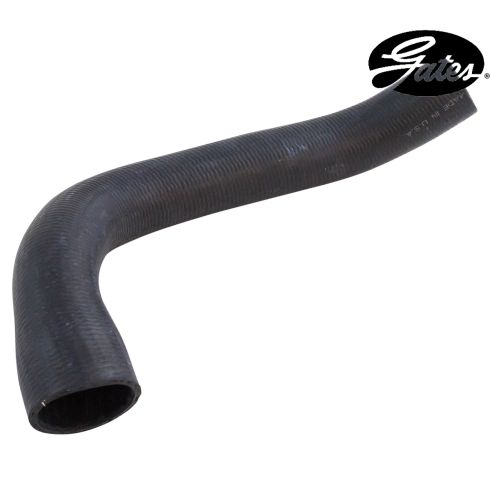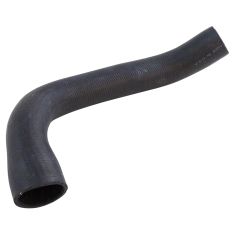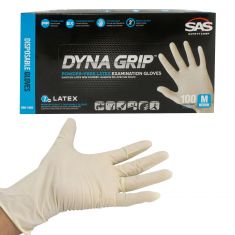1ARHL00039-Chevrolet GMC Olds Isuzu Lower Radiator Hose Gates 22039

Replaces
2004 Chevrolet Blazer V6 4.3L Lower Radiator Hose Gates 22039

Frequently bought together
Product Reviews
Loading reviews
There are no reviews for this item.
Customer Q&A
No questions have been asked about this item.
Chevrolet is a registered trademark of General Motors Company. 1A Auto is not affiliated with or sponsored by Chevrolet or General Motors Company.
See all trademarks.










